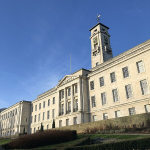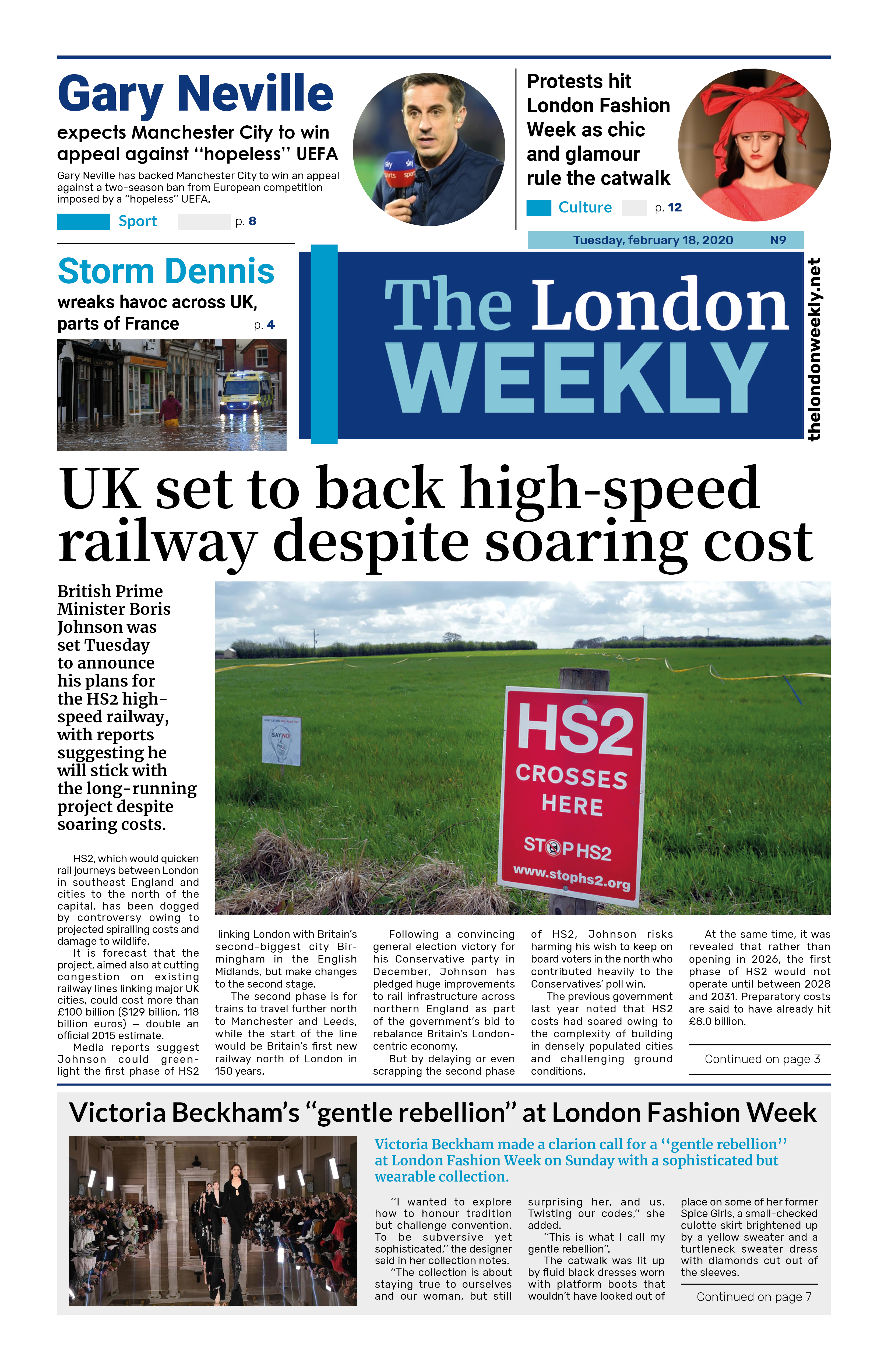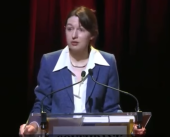
Even if doctor strikes come to a halt, the NHS waiting lists could climb to over eight million by the coming summer, according to modeling conducted by the Health Foundation charity.
The study reveals that industrial action has had only a minimal impact, extending the list by approximately 210,000 individuals, which accounts for a mere 3% of the total of 7.75 million by August.
The primary driving factors behind this crisis are chronic shortages of NHS staff and funding, the charity emphasizes.
NHS England reports that over one million appointments and procedures had to be rescheduled due to NHS strikes. This figure encompasses the strikes by nurses and other healthcare professionals in England who were demanding better wages.
The modeling serves as an approximation rather than a definitive forecast or projection, aiming to provide insights into the evolution of waiting lists for patients. The research postulates two scenarios:
A pessimistic scenario envisions strike actions persisting, accompanied by a 5.2% yearly growth in hospital activity, resulting in the waiting list continuing to expand and reaching 8.4 million by the end of 2024.
An optimistic scenario assumes the end of strike actions and a 10.4% yearly growth in hospital activity, peaking in October 2023, followed by a decrease to under 7.2 million by the close of 2024.
Both NHS England and the Health Foundation acknowledge that NHS efforts have intensified to accommodate more patients and address the backlog. Monthly referrals for treatment have returned to pre-pandemic levels, growing at an accelerated pace, which is an encouraging sign.
However, the waiting list persists in its ascent since the number of treatments is yet to surpass the number of referrals.
Charles Tallack of the Health Foundation underscores the human aspect behind these statistics, with people anxiously awaiting diagnoses, patients enduring avoidable suffering, and lives put on hold. Patients are waiting for an array of treatments, from hip replacements to cancerous tumor removal surgeries.
He added, "The pandemic exacerbated significant stress on an already strained system, but waiting lists were already burgeoning long before the advent of Covid."
An NHS spokeswoman reported substantial progress in reducing the longest wait times: "Two-year waits have been virtually eliminated, and waits exceeding 65 weeks have been more than halved."
She emphasized that the NHS continues to face substantial demand.
Tim Mitchell, President of the Royal College of Surgeons of England, emphasized the necessity of transformative solutions to address waiting lists effectively and sustainably. He suggested investing in surgical hubs across the country, particularly in areas with prolonged waiting times, which would enable surgeons to operate more efficiently. These hubs would protect planned surgeries from disruptions during busy periods when resources are diverted to emergency cases.
Crucially, Mitchell also emphasized the need to enhance staff morale and retention. He welcomed the government's commitment to expanding the healthcare workforce but noted that recruiting new staff is only part of the solution, as providing a supportive, well-resourced working environment is equally crucial.
The British Medical Association, a union for doctors, emphasized that doctors have resorted to strikes because only a fully staffed and well-regarded NHS can restore elective care to a path of normalcy. The association urged swift action in presenting credible pay offers that would not only put an end to strikes but also bolster workforce recruitment and retention.


































